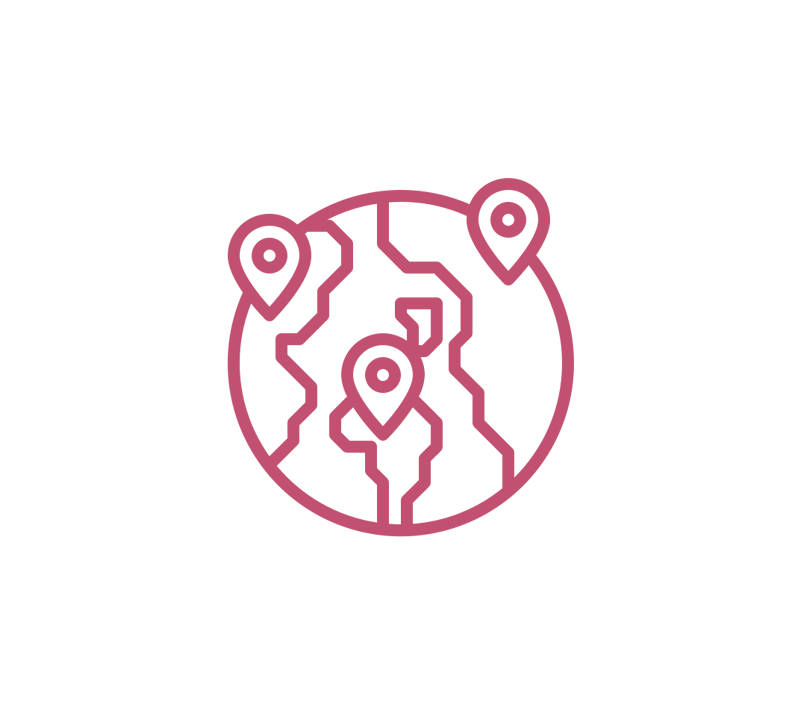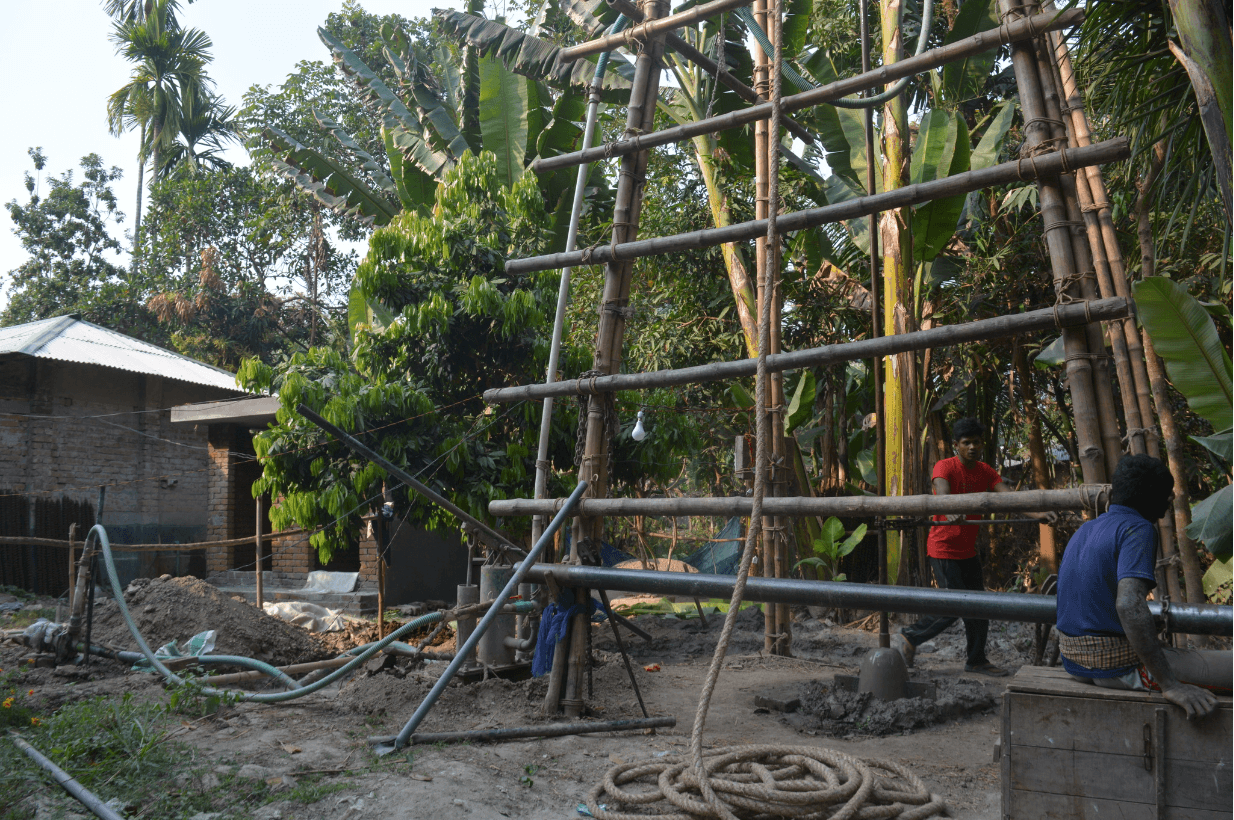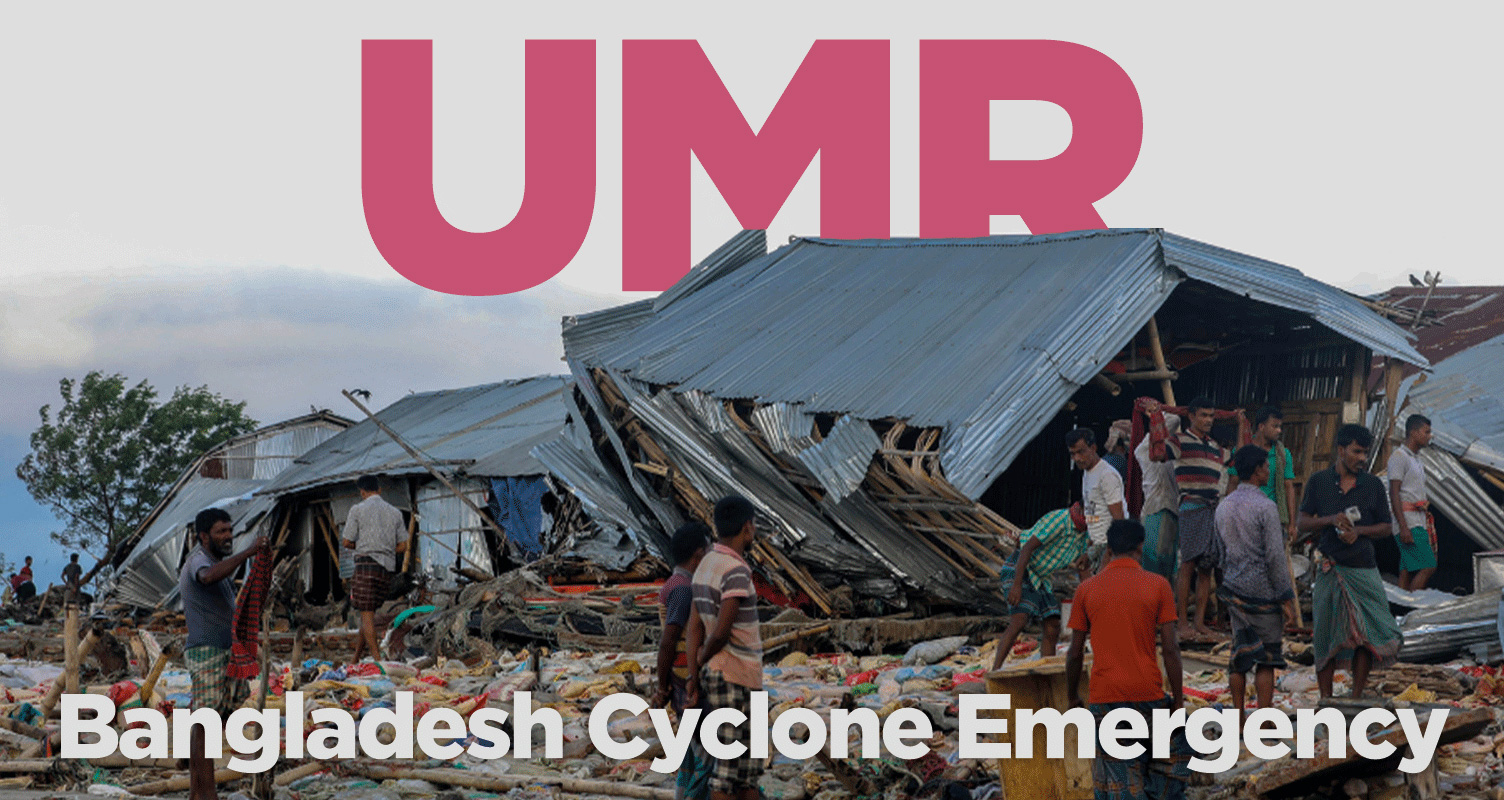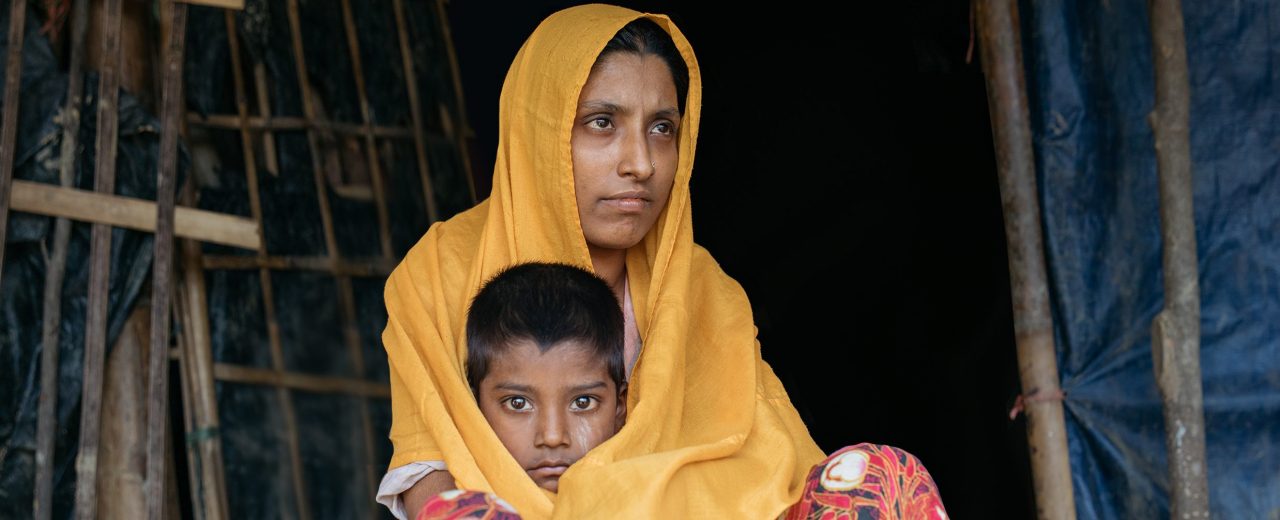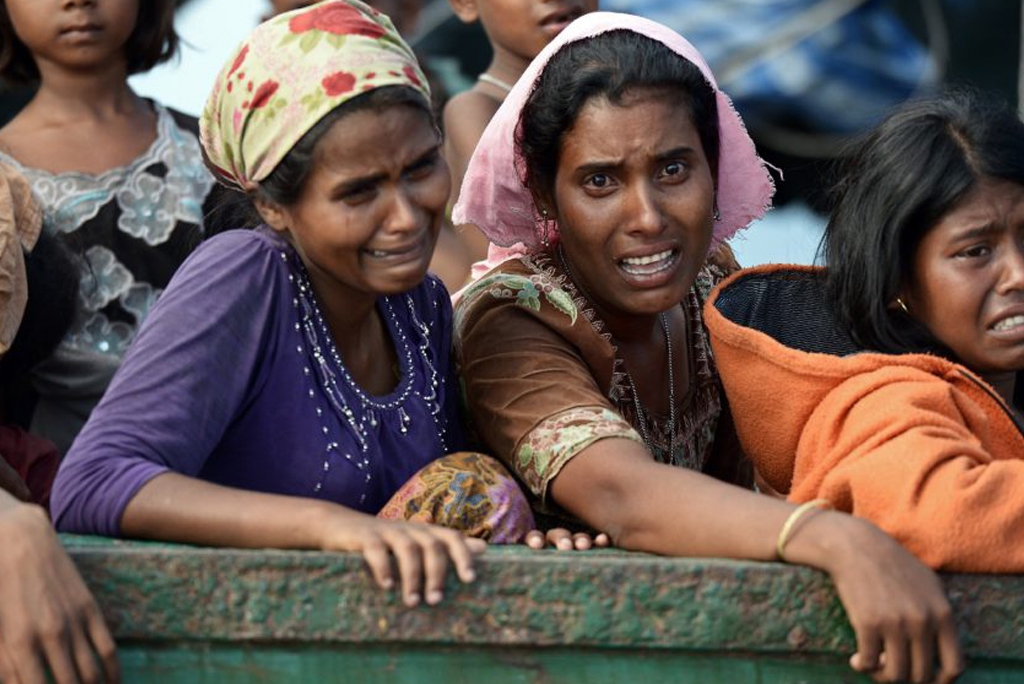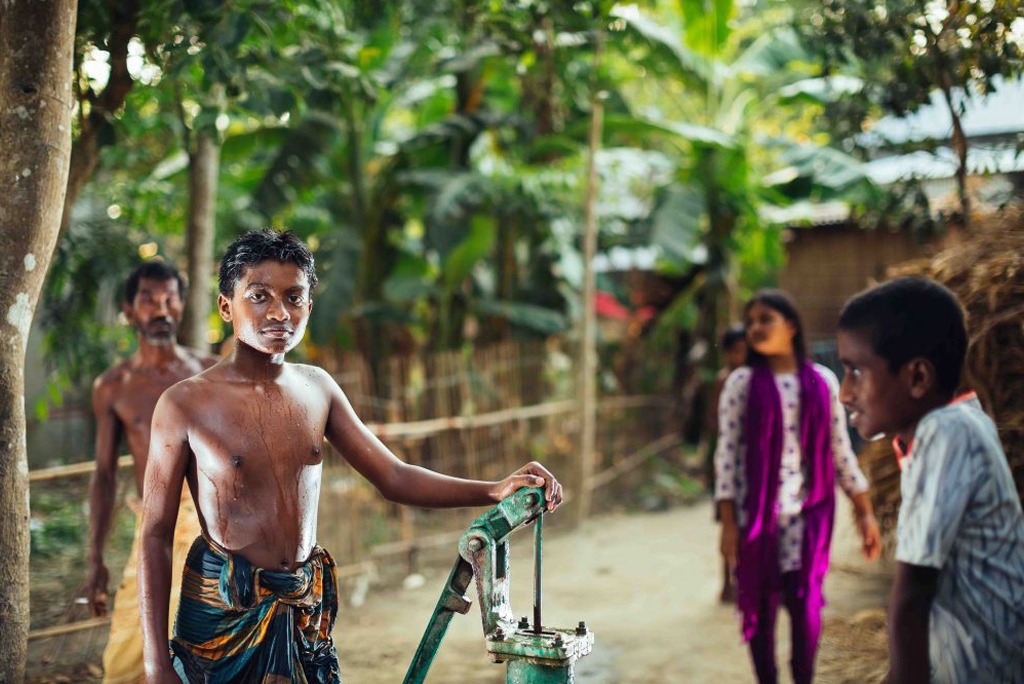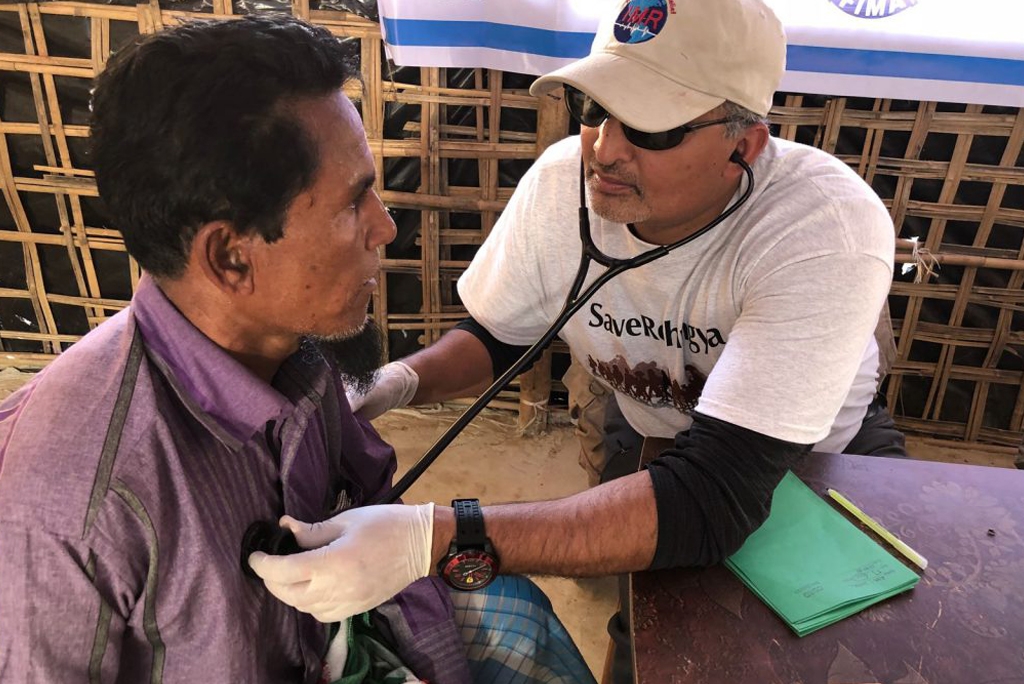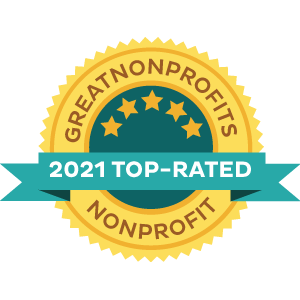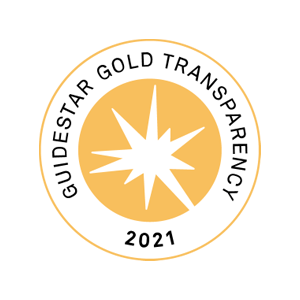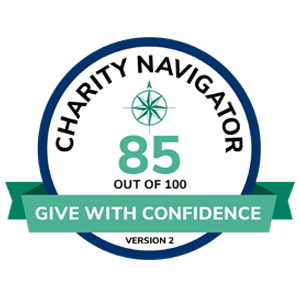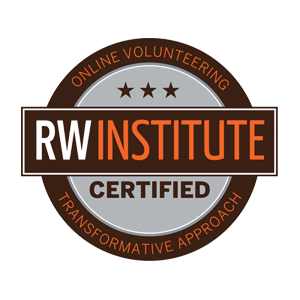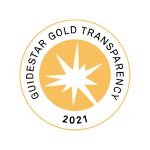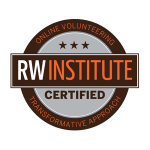Bangladesh
Building water irrigation systems to help provide clean and accessible water to all
Bangladesh
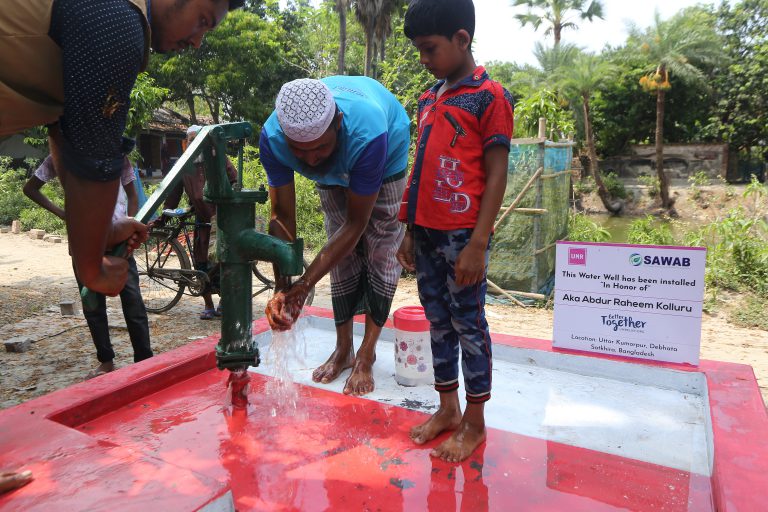
Bujbunia Uttor Para Village, Batiaghata, Khulna district. Honoree:
Muhamad Amhan
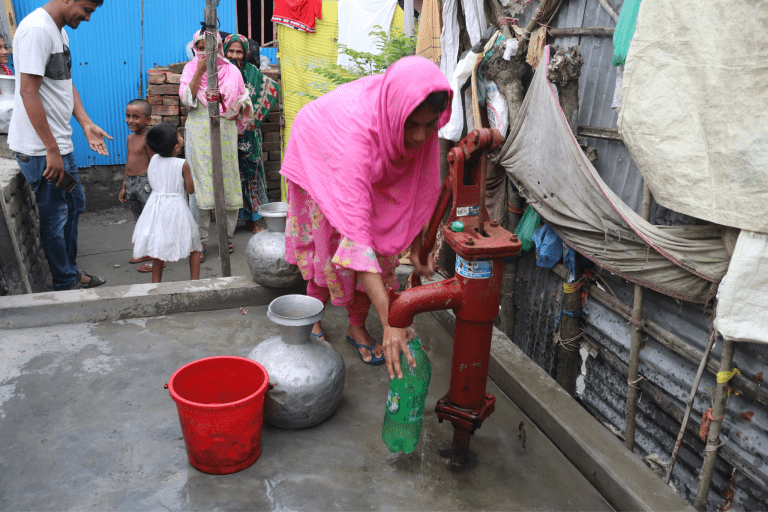
Chakrakhaly village, Batiaghata, Khulna district Honoree:
Sheikh Family
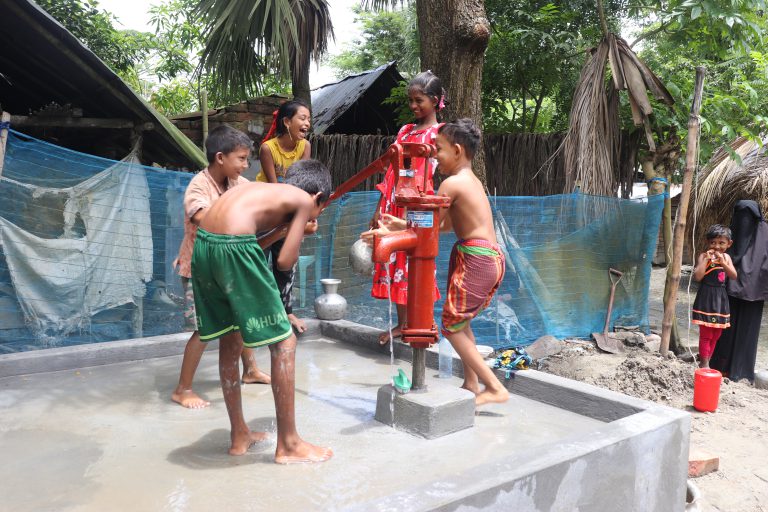
Noailtala Paschim Para Village, Batiaghata, Khulna district Honoree:
Mojahed Abu Bars
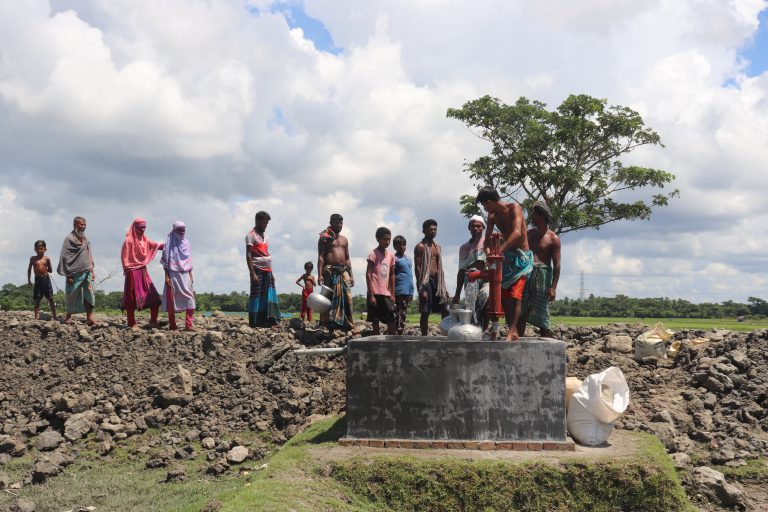
Halia Village, Batiaghata, Khulna district Honoree:
Munire Mamudi
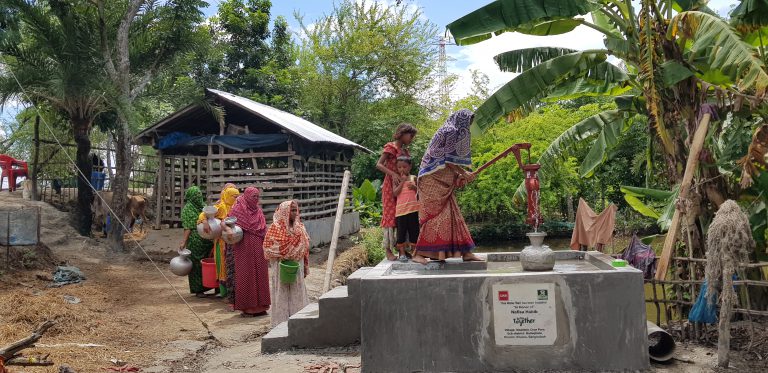
Noailtala Char Para, Batiaghata, Khulna district. Honoree:
Nafisa Habib
What is the situation in
Bangladesh
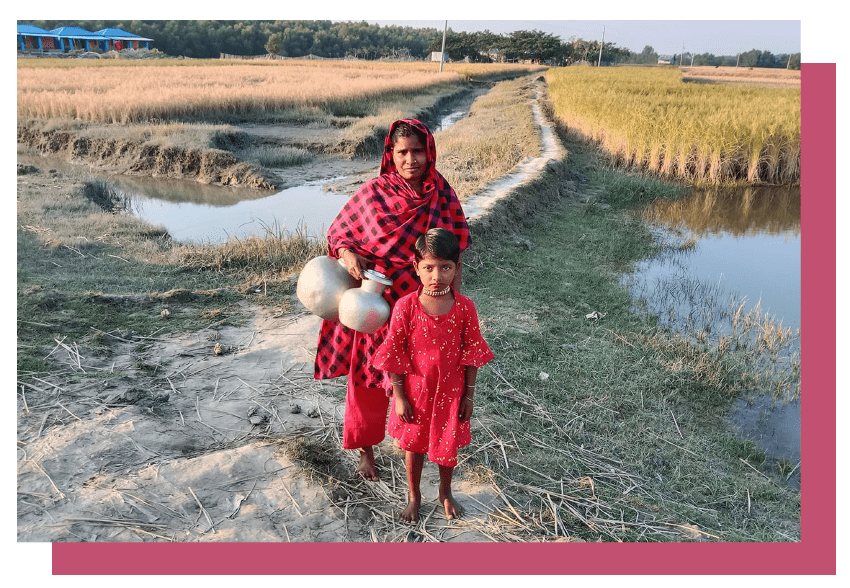
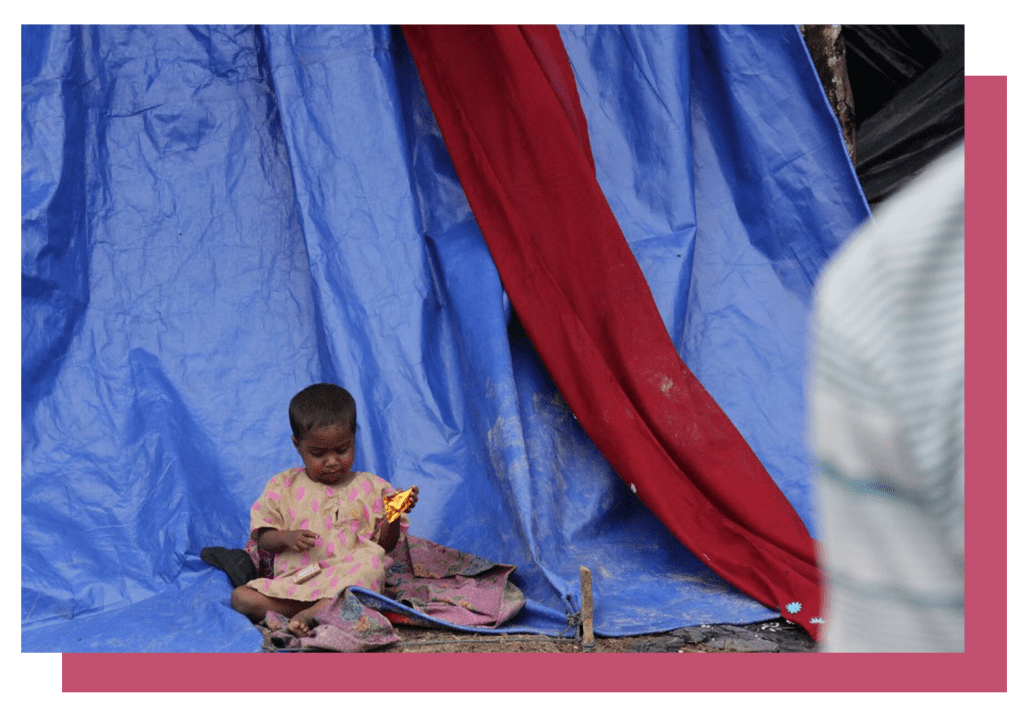
Hidden Urbanization
Key Issues
Working to alleviate poverty, hunger, and improving access to healthcare
1
2
3
Food Baskets
Medical Missions
Water Wells
UMR's Advancement of Sustainable Development Goals (SDGs) in Bangladesh
Sustainable Development Goals
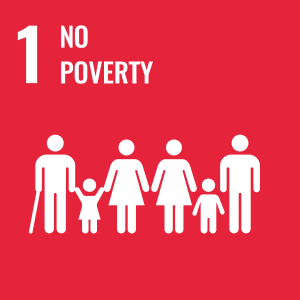
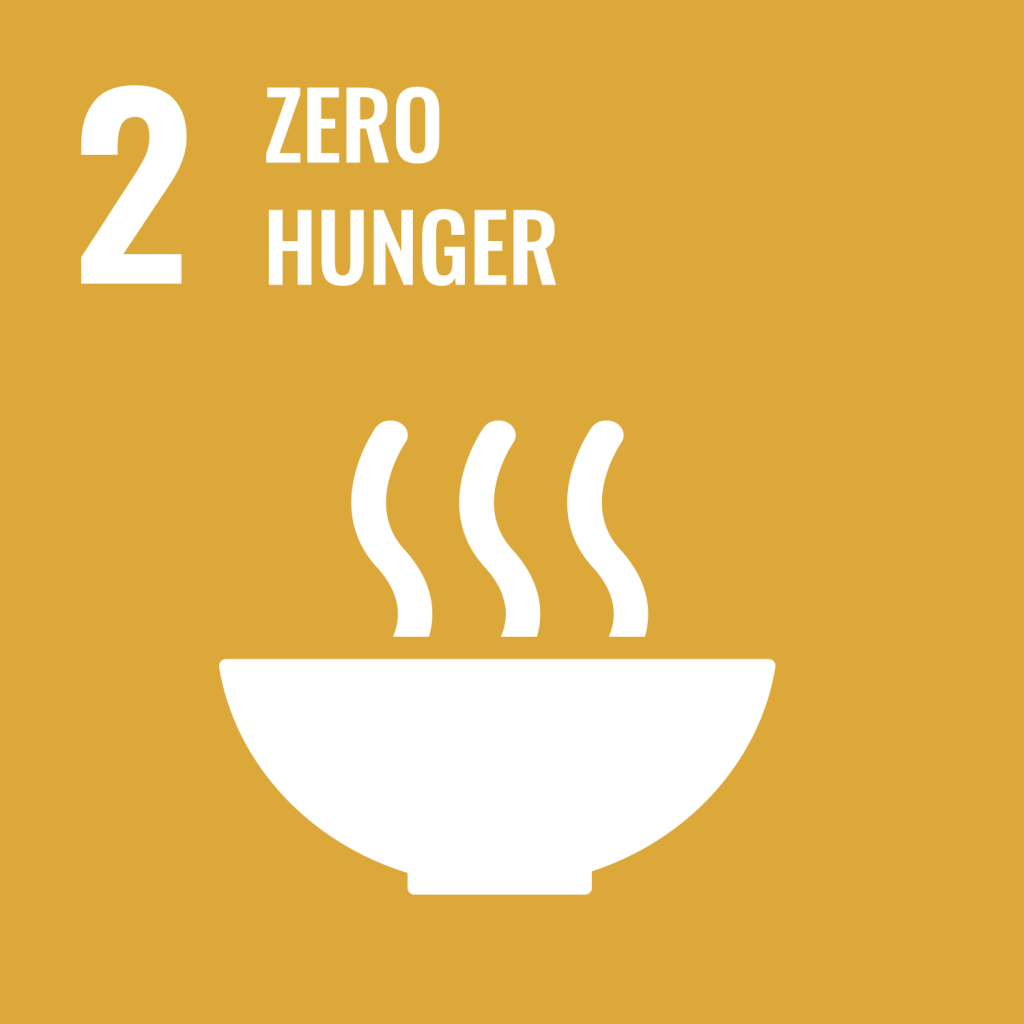
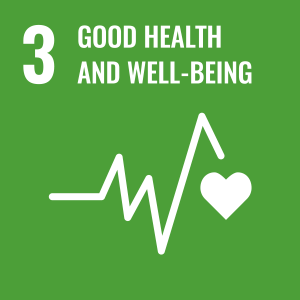
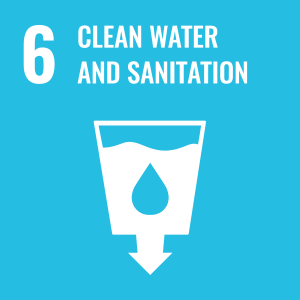
What types of interventions does UMR implement?
UMR Bangladesh envisions future refugees and native communities in Bangladesh are able to live with dignity and to be resilient/self-reliant through three country-specific priorities
Our Recent Projects in Bangladesh
Change an individuals life forever
Water well construction – Bangladesh
UMR has taken a significant step towards addressing the clean water crisis in Sathkhira, Bangladesh
Cyclone Sitrang Slams 10,000 Homes in Bangladesh
Bangladesh, a South Asian country in the Ganges Delta, is prone to natural disasters. Sitrang, a str
Attempting to Understand the Rohingya Crisis
When you hear a group of persons repeatedly described as the most persecuted minorities in the world
Ambulatory Clinics (Rohingya)
UMR works with its partner IMANA to provide ambulatory clinics to Rohingya refugees. Rohingya refuge
Bangladesh Water Wells
Bangladesh is one of the most densely populated countries in the world. It has more than 1,000 peopl
The Plight of Rohingya Refugees in Bangladesh, Cox’s Bazar
As of 31 July 2019, UNHCR records that over 742,000 Rohingya refugees have fled to refugee camp site
Take an action
Ways you can help
Support Bangladesh
Donate

Become a Fundraiser
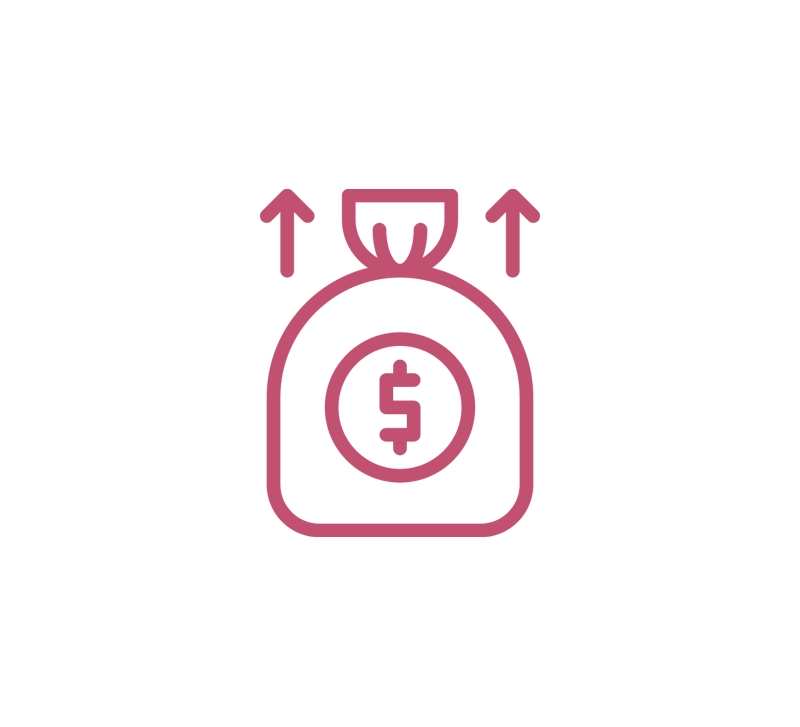
Spread the Word
